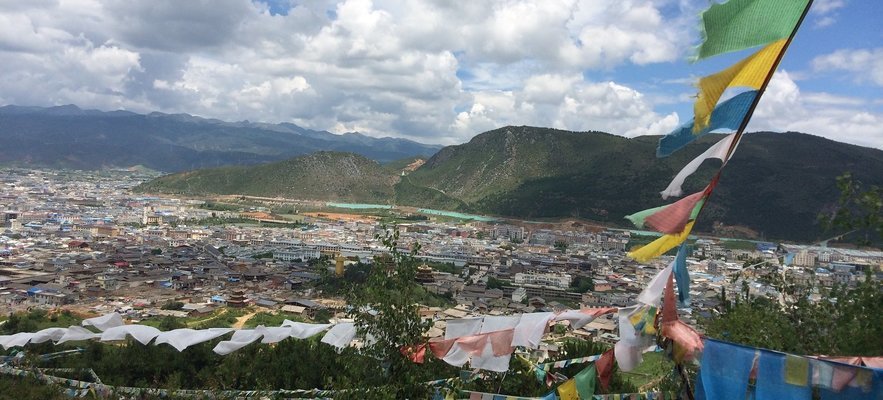The one hundred chicken temple, as Baiji (百鸡) would be translated, dates back to the Yuan Dynasty (1271 - 1368). It is located in the west of Shangri-La's Dukezong Ancient Town and offers an amazing bird's eye view of the ancient town and the surrounding city. Only little known to the public, it hides in the shades of 7 very old trees on top of a hill.
Its Tibetan name is La ke, meaning a very holy fort protecting all its people.


For local Buddhism believers, always the first and the fifteenth day of a lunar month are the days for lighting up an incense stick at the temple and pray for luck and health. To redeem their vows, a chicken is being brought and released up on the hill - hence its name. In the early mornings, roosters will be chorusing in the trees and wake the sleeping city of Shangri-La.
Shall Shangri-La be part of your Yunnan and China trip? Let us know or have a look at our large variety of tours passing Yunnan's north.
- 1137 reads
- Like this







